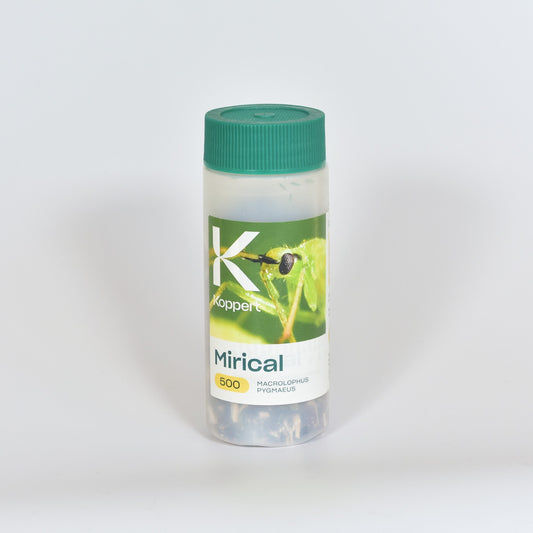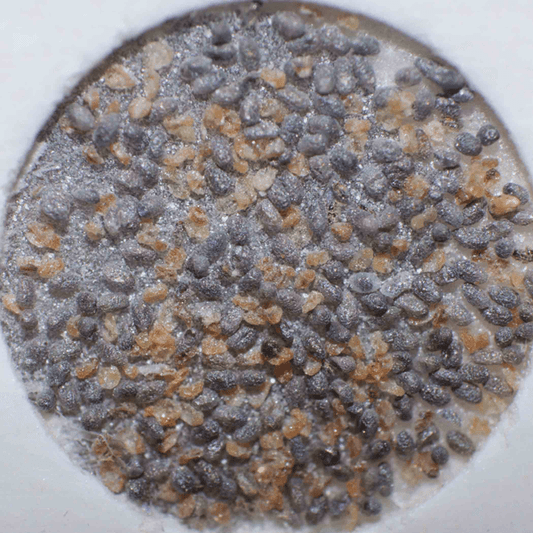
How to recognize cabbage mot
The cabbage moth belongs to the owlet moths (Noctuidae). It has a wingspan of 35 to 50 mm. The front-wings are grey-brown with light brown spots. The kidney-spot has a white line and the back edge of the wings has a white, W-shaped line. There is not much variation in the patterns. Eggs are deposited in groups of 20-30 on the underside of the leaves. During aging, eggs darken until almost purple. The eggs are ribbed with a light net-shaped pattern. Thecaterpillarsstart translucent with a characteristic black head. Later the head turns yellowish and the body turns green with thick yellow length-stripes. The fully developed caterpillars vary from green to black and are about 45 mm in size.
Cabbage moth damage and distribution
The youngest stages cause window feeding damage, while larger stages eat entire leaves and petioles. The caterpillars are usually found in the head of the plant feeding on young leaves. The caterpillars feed mainly at night and hide during the day close or in the soil. In greenhouses, multiple generations can occur.
Products against Cabbage moth
-
Cabbage moth life cycle
400-1000 eggs per female
six caterpillar stages
pupation after 30 days
caterpillar active year-round, peaks from May until October -
Cabbage moth host plants
cabbage crops
several herbaceous plants
chrysanthemum, carnation
deciduous trees, such as willow and oak
-

Cabbage moth caterpillar
-

Cabbage moth





